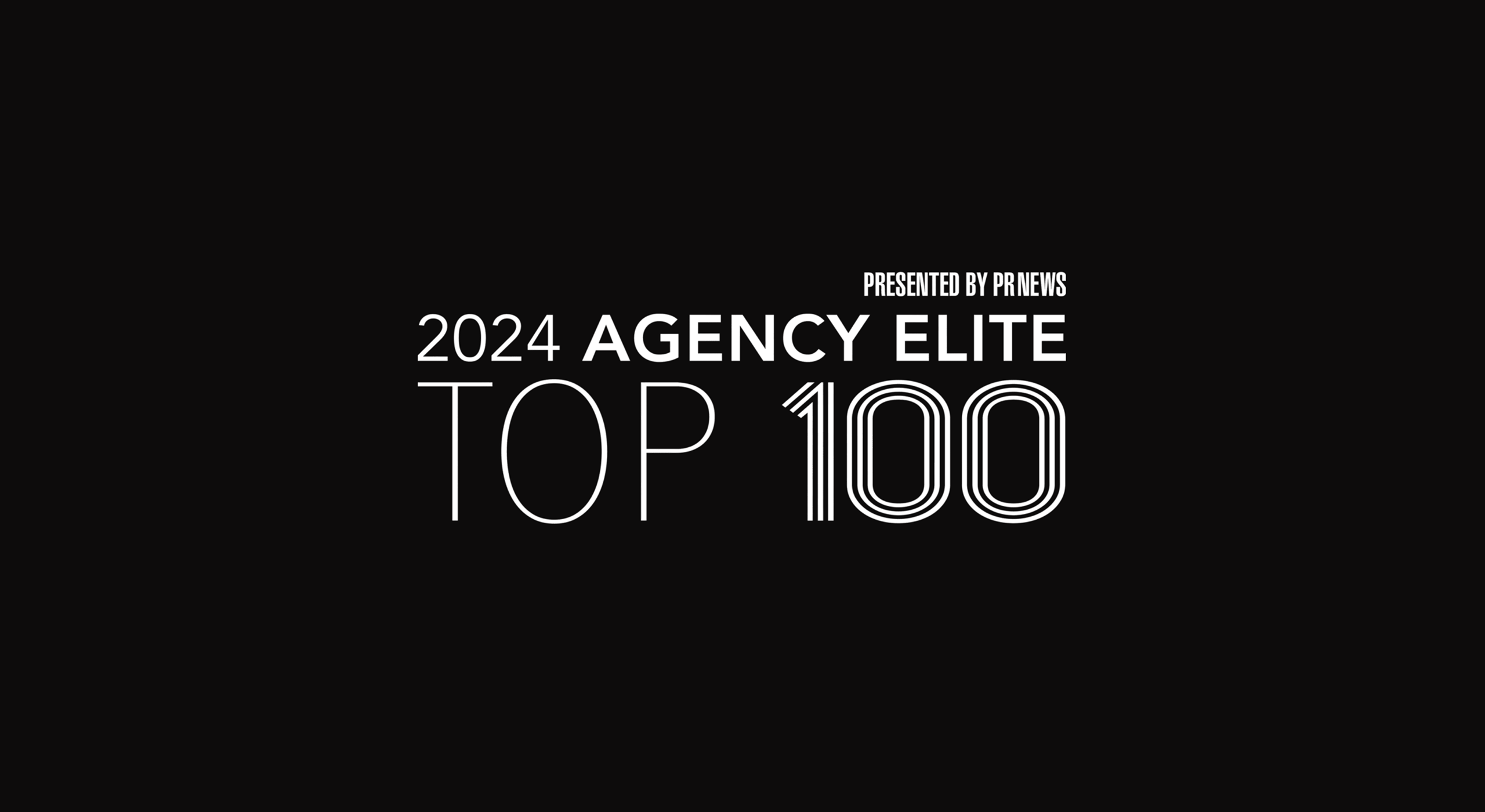
Creators, KPIs, Collaboration: Top Trends We Love from the Influencer Marketing Show
By: Teddy Wingert
Embracing influencer marketing is no longer an option for brands. It’s an essential way to connect creators with clout to consumers. As the second-best marketing tactic to influence consumer purchase decisions, influencer partnerships provide brands the opportunity to get in front of new audiences who can’t be reached through traditional marketing channels like organic social media, a stellar media placement, award recognition or an email newsletter.
I attended the Influencer Marketing Show in New York City to gain an elevated understanding of the hottest trends in the industry and discover how we can elevate the partnerships we coordinate on behalf of our clients to move the needle for moments that matter most. Here are the must-know trends we are loving right now:
Creators vs. Influencers
The name of the partners we engage with to create meaningful content isn’t as simple or straightforward as it once was. A distinction between creators and influencers has become apparent within the industry. Influencers, the term we’re typically accustomed to hearing, are utilized for mass scale, big brand awareness plays to reach large audiences. Influencer partners spend less time on creative assets but lean into the size of their following to make an impact (and can be celebrity figures!).
On the other hand, creators produce high-quality content and pour endless time and resources into their craft. They are creative and have niche audiences (think home improvement, beauty, cannabis, art, etc.). When using partner content to populate brand social channels, website imagery or other mediums, as we’ve done frequently on our client’s behalf, creators are the preferred partner. While both creators and influencers have their benefits, you must first ask yourself what the goal of the campaign is to effectively decide what type of partners are best for the moment at hand.
Defining KPIs
When planning an influencer or creator campaign, you must start at square one to determine how success will be measured. An influencer panelist shared her preference to receive one primary KPI (as opposed to three) to get a better idea of what the goal is for the campaign and how her content can help achieve that goal in the best way possible. If the goal is maximum awareness/exposure, reach would be the primary KPI. If looking to obtain registrations for an event, engagement or registration numbers would be a better primary indicator of success. Providing this clarity to partners ahead of time will lead to better results and an enhanced mutually-beneficial relationship.
Creator Collaboration
If we over-direct influencer marketing, it becomes an ad. Influencer marketing is personal. We pay for the relationship an influencer has with their followers— one they’ve worked so hard to cultivate. To avoid ineffective content that falls on deaf ears and eyes, we must increase the level of collaboration with creators during a partnership. After all, creators know their audiences best. While thorough content review processes will still take place, asking questions like “What has worked well for you in the past?”, “How do you want to create for this brand?” and “What are your goals?” can start to bridge the gap between creative freedom and over direction from brands.
Audience Preferences
When determining who to engage with for an influencer partnership, it’s essential to evaluate content performance, content quality and audience demographics. Through influencer platforms, even more data points are available to move the needle. Affinity measures a fondness towards a topic, brand or retailer. Diving into what an influencer/brand’s audience is reacting to, is into or willing to be into allows content performance to be predicted.
Length of Partnership
According to Pete Kennedy, founder of influencer platform, Tagger, you need about 1-2 interactions per week with an influencer’s audience to drive purchase decisions. While marketing budgets may not allow such a frequency of partnership and content, this statement proves longer-term partnerships drive better conversion, advocacy and affinity. One-off partnerships for distinct moments in time can produce results, but the more frequently a brand has a touch point with a consumer, the higher probability to drive a conversion and grow an audience.
Conversion Rates
At the conclusion of a campaign, success can be measured in a variety of ways. Conversion rates can be in the form of discount codes, tracking links, landing pages, new followers on Instagram, sales, number of test drives—the possibilities are seemingly endless. On the front end of potential partner conversations, asking for past campaign conversion rates can help indicate potential future results. The challenge is, many influencers may not have any to share due to the lack of confidential information brands are willing to release. As we coordinate partnerships from beginning to end, we can spur more data-driven success metrics for the industry at large by sharing conversion rates post-campaign where possible.
If you’re ready to commit to incorporating creators or influencers into your PR and marketing plans, we can help. Get in touch so we can talk about developing a robust program incorporating all elements of our Modern PR Mix to bring ultimate visibility to your brand.



